How to Fix Blue Screen Error Code 0xC000021A in Windows 10/11?
The 0xC000021A stop code is a Blue Screen of Death (BSOD) error in Windows operating systems, signaling a critical system malfunction from which the OS cannot recover. As a result, the system stops, to prevent further data loss or corruption.
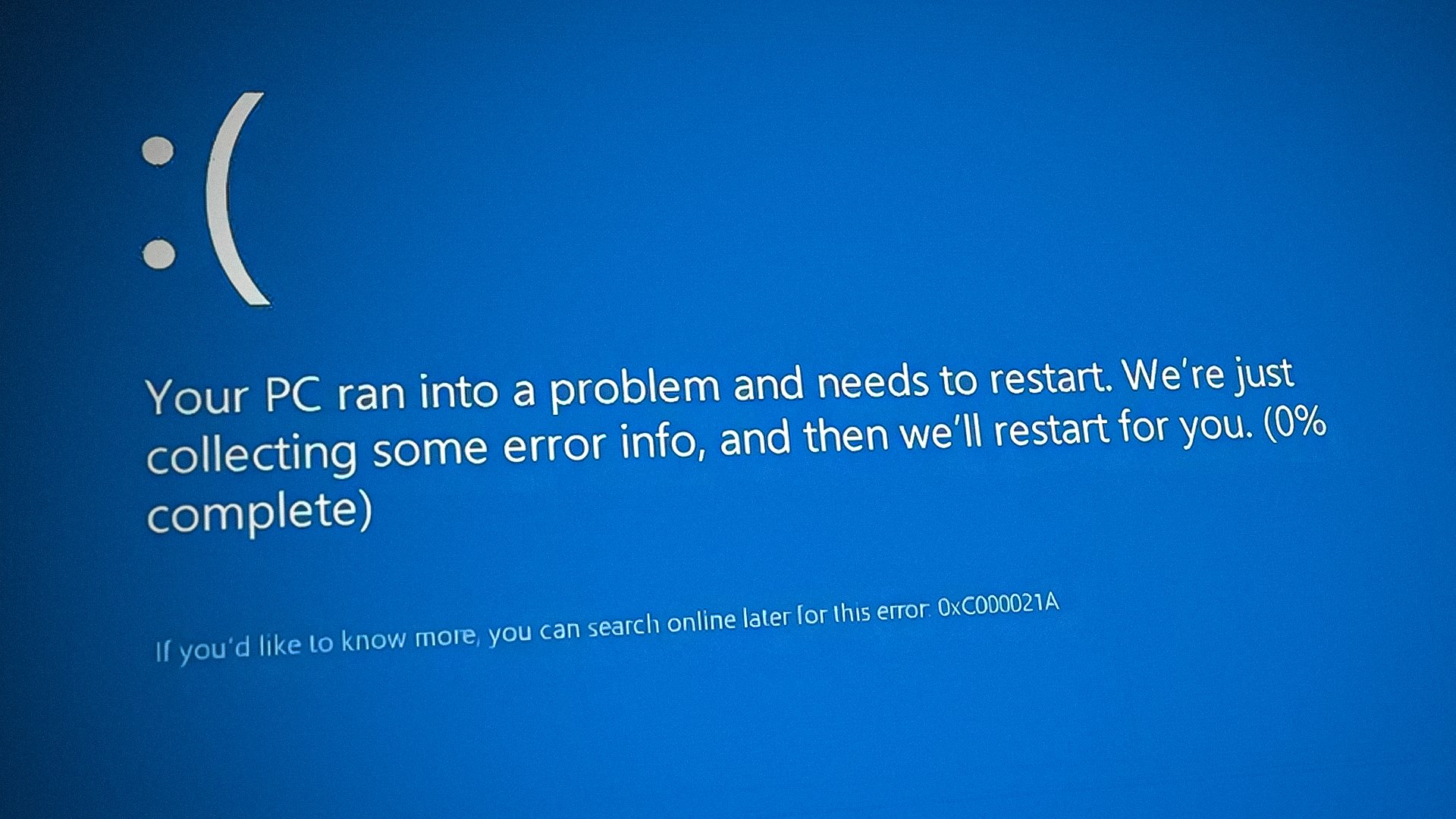
The error message can vary, depending on your Windows version, but usually includes a message signaling a fatal system error, the error code, and the specific file or process responsible for the issue.
A primary cause of this error is the corruption of system files, leading to the failure of important processes. Malware infections, improper software installations, or system crashes can all contribute to such corruption. Should the OS attempt to boot with a corrupted critical system file, failure is likely.
Furthermore, incorrect system configurations, often originating from improper installations or removals of software or hardware, or changes made by malware can make the OS unbootable. Among such issues, changes to the registry or boot configurations are also common reasons.
We have outlined several methods to solve this problem. Follow these steps one by one to permanently resolve the issue.
Boot into WinRE.
When Windows can’t boot due to the 0xC000021A stop code, access the Windows Recovery Environment (WinRE) to perform troubleshooting.
WinRE is filled with tools capable of diagnosing and repairing numerous operating system issues. Boot from the Windows installation media to access WinRE, then proceed with the methods detailed below.
1. Reverse the Pending Actions
Initiating the reversal of pending actions essentially rolls back any incomplete operations, such as updates or installations, that may not have been fully integrated into the system. These unfinished processes can leave system files in a disrupted state, leading to instability and errors.
By using the DISM command to revert these actions, the system discards the uncompleted changes, potentially restoring stability and allowing a successful boot.
- Once in the recovery environment, navigate to Troubleshoot > Advanced options.
- Select Command Prompt from the Advanced Startup Options screen.
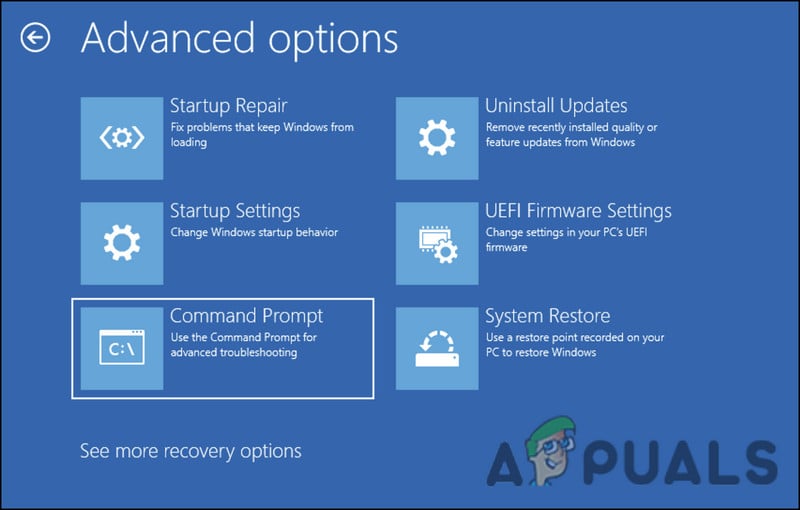
Access the Command Prompt - Type the following command into the Command Prompt and press Enter. Replace “C:” with the appropriate drive letter if your operating system is installed elsewhere.
dism /image:C:\ /cleanup-image /revertpendingactions

Execute the entered command
After executing the command, attempt to boot into Windows normally and check if the error has been resolved.
2. Run System Scans
These scans involve tools like the System File Checker (SFC) and the Deployment Image Servicing and Management (DISM) which can detect malicious software and restore any corrupted system files back to their original state.
This process is important as it helps in restoring the integrity of system files, thus enabling the OS to boot properly without encountering the error.
- Open the Command Prompt through the Advanced Options screen.
- Type the command below in Command Prompt and hit Enter:
SFC /scannow
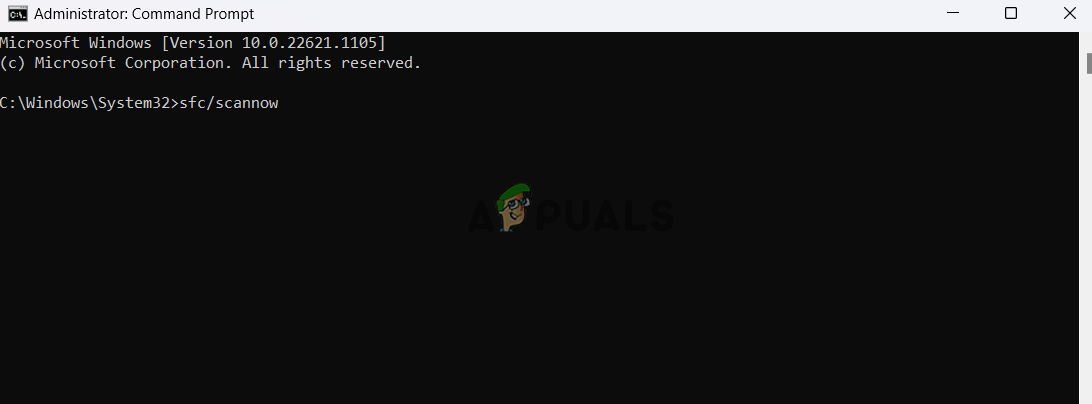
Type sfc/scannow command - Upon completion, execute the following command:
DISM /Online /Cleanup-Image /RestoreHealth

Restoring Damaged Windows Files
The process may take some time; after completion, shut down the Command Prompt and reboot your computer normally to see if the issue has been fixed.
3. Revert the System to a Previous State
If you’ve encountered the error after a system change, such as new software or a driver update, you might resolve the error by reverting to a previous state without these changes, achieved through System Restore.
System Restore takes snapshots known as restore points of the system’s files and configurations, allowing you to roll back the system to an older, more stable state.
- From the Advanced Options screen, choose “System Restore“.

Click on the System Restore option - Select a restore point created before the appearance of the stop code error, following the on-screen prompts.

Deploy a system restore - Allow the system restore process to complete, restart your computer, and check for resolution of the issue.
4. Check the Health of Your HDD
Hard drive problems, including bad sectors, a corrupted file system, disk firmware issues, or a faulty disk controller, can all cause this error.
CHKDSK is a built-in Windows utility that can scan for and fix disk errors or damage which could slow down the operating system’s boot process.
- Go to Command Prompt through the Advanced Options screen.
- Enter and run the following command:
chkdsk /f /r
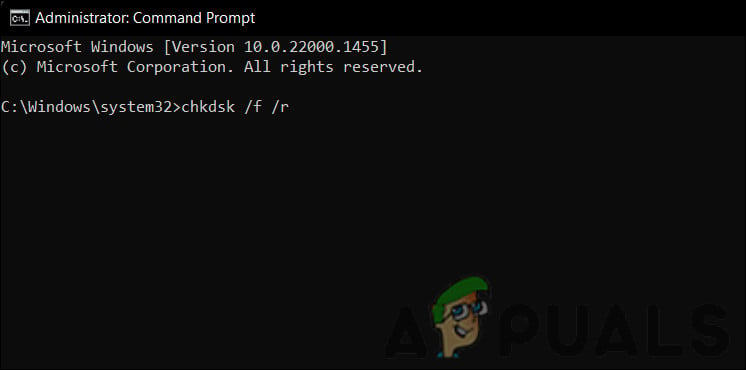
Run the CHKDSK scan - If prompted to schedule the scan for the next boot because the disk is in use, type ‘Y’ for ‘Yes’ and hit Enter.
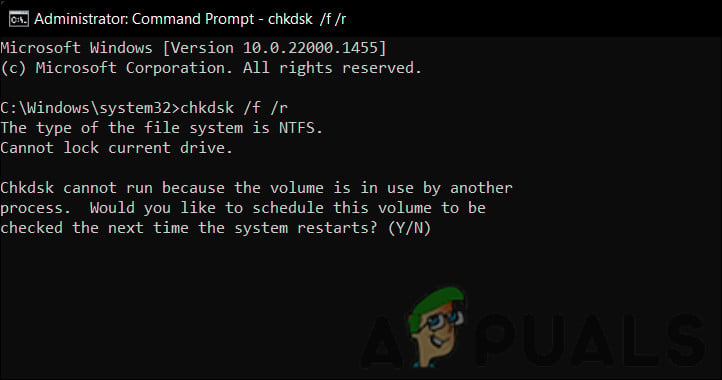
Schedule a CHKDSK scan - Reboot your computer and let CHKDSK finish its scan. This could take time, depending on the size and content of your hard drive.
5. Perform a Clean Installation of Windows
If other troubleshooting methods fail, a clean installation of Windows may be necessary. It replaces all system files and configurations, fixing problems preventing normal OS booting, including software or driver conflicts, malware, or file corruption.
Note that a clean installation will erase your personal data and applications; hence, make sure you back up your data first through Safe Mode, before proceeding.
For a guide on performing a clean installation, visit Clean Install Windows 11 and Install Windows 10.